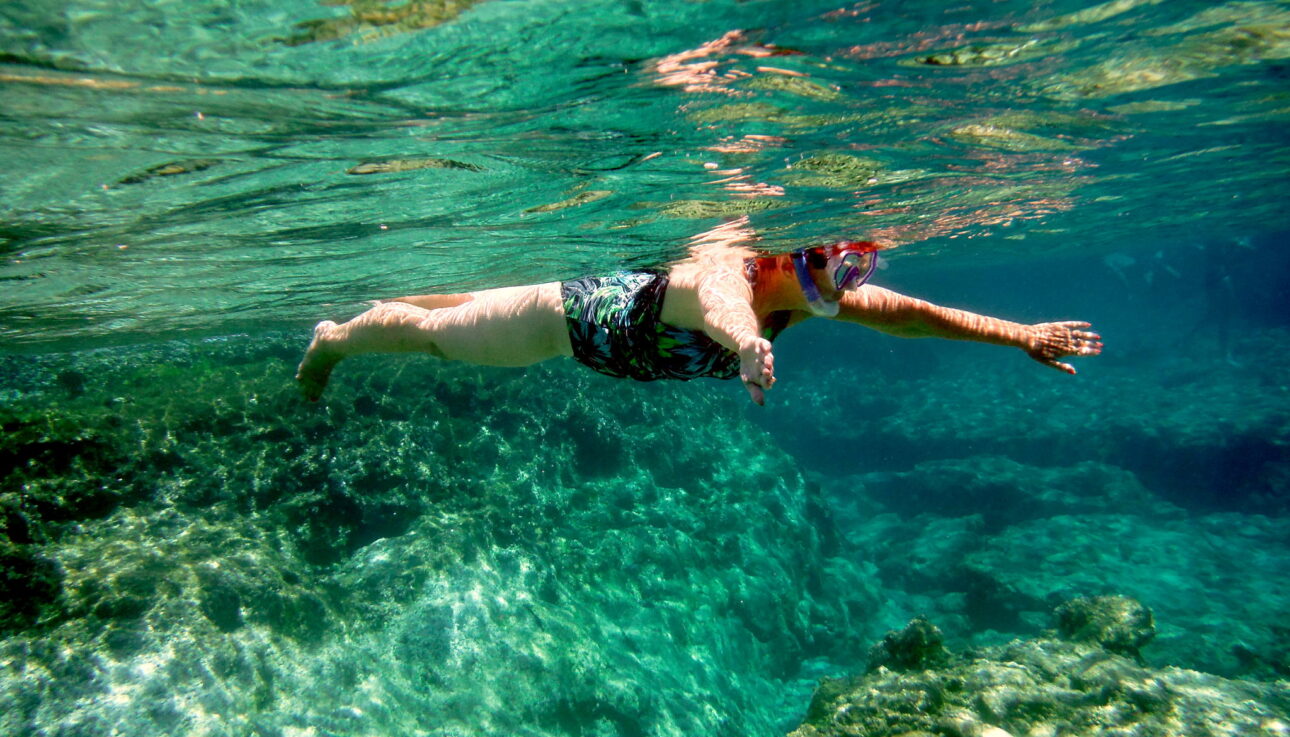Crete, the largest of the Greek islands, is renowned for its stunning landscapes, rich history, and vibrant culture. Beyond its picturesque beaches and ancient ruins, the island’s surrounding waters conceal a vibrant and diverse marine ecosystem. Exploring the local sea life of Crete offers a fascinating glimpse into an underwater world teeming with beauty and biodiversity. Whether you are an experienced diver, a snorkeling enthusiast, or a marine biology aficionado, the seas around Crete provide an unparalleled adventure.
The Rich Marine Biodiversity of Crete
The marine environment around Crete is a blend of the Aegean and Mediterranean seas, creating a unique habitat that supports a wide array of marine species. The island’s underwater landscapes include rocky reefs, seagrass meadows, underwater caves, and sandy bottoms, each hosting distinct marine communities.
Key Marine Species
Crete’s waters are home to a remarkable variety of marine life, from colorful fish and intricate invertebrates to majestic marine mammals and reptiles.
- Fish Species: The island’s reefs and seagrass beds are teeming with fish, including colorful wrasses, breams, and the iconic Mediterranean parrotfish. The rocky crevices and underwater structures often hide moray eels, groupers, and the occasional barracuda.
- Invertebrates: The underwater world of Crete is adorned with various invertebrates like octopuses, cuttlefish, and squid. The seafloor is dotted with sea urchins, starfish, and a multitude of vibrant sponges and anemones.
- Marine Mammals and Reptiles: While less common, sightings of Mediterranean monk seals and loggerhead sea turtles (Caretta caretta) are special highlights for any marine explorer. These species are protected and are indicators of the health of the marine ecosystem.
Prime Locations for Sea Life Exploration
Several locations around Crete are renowned for their exceptional underwater environments, making them prime spots for sea life exploration through diving and snorkeling.
Elounda and Spinalonga
The waters around Elounda and the island of Spinalonga are popular for their clear visibility and rich marine life.
- Underwater Ruins: The area features fascinating underwater ruins from ancient civilizations, providing a unique backdrop for divers.
- Marine Diversity: The reefs and seagrass meadows here support a variety of fish species and invertebrates, offering excellent opportunities for underwater photography.
Chania and Souda Bay
The western part of Crete, particularly around Chania and Souda Bay, offers diverse diving sites with abundant sea life.
- Caves and Canyons: The underwater caves and canyons in this region are home to lobsters, crabs, and schools of fish. The dramatic underwater topography makes for exciting exploration.
- Marine Protected Areas: Some areas are protected to conserve marine biodiversity, ensuring that the ecosystems remain vibrant and healthy.
Matala and Agia Galini
The southern coast of Crete, around Matala and Agia Galini, is known for its unique underwater landscapes and historical significance.
- Caves and Grottos: Matala’s underwater caves and grottos, famously used by ancient Minoans and later by 1960s hippies, provide a historical and natural exploration experience.
- Rich Ecosystem: The clear waters here are ideal for spotting a variety of fish and marine plants, making it a snorkeler’s paradise.
Activities and Experiences
Exploring Cretan sea life can be enjoyed through various activities, catering to different levels of experience and interest.
Scuba Diving
Scuba diving is perhaps the most immersive way to explore Crete’s underwater world. Numerous diving centers across the island offer courses and guided dives for all levels.
- Diving Schools: Reputable diving schools provide training and equipment, ensuring safety and an enriching experience for beginners and experienced divers alike.
- Guided Tours: Expert guides lead divers to the best spots, pointing out interesting marine life and sharing knowledge about the underwater environment.
Snorkeling
For those who prefer to stay closer to the surface, snorkeling is a fantastic way to observe sea life in the shallow reefs and seagrass beds.
- Accessible Sites: Many beaches around Crete offer excellent snorkeling conditions with easy access from the shore. Elafonisi, Balos, and Vai are particularly popular for their clear waters and vibrant sea life.
- Family-Friendly: Snorkeling is suitable for all ages, making it a great activity for families and groups.
Marine Biology Tours
For a deeper understanding of Crete’s marine ecosystems, specialized marine biology tours are available.
- Educational Programs: These tours often include educational components, where marine biologists explain the significance of the species and habitats encountered.
- Conservation Efforts: Participants can learn about ongoing conservation efforts and how they can contribute to protecting Crete’s marine environment.
Conservation and Sustainability
Preserving the rich marine biodiversity of Crete is crucial for maintaining the health of the Mediterranean ecosystem. Efforts are being made to protect marine life and habitats through various initiatives.
- Marine Protected Areas (MPAs): Establishing MPAs around Crete helps protect critical habitats and species, ensuring that the ecosystems remain healthy and resilient.
- Sustainable Tourism: Promoting sustainable tourism practices, such as responsible diving and snorkeling, reduces the impact on marine environments and supports conservation efforts.
- Local Involvement: Engaging local communities in conservation activities fosters a sense of stewardship and ensures the long-term protection of marine resources.
Conclusion
Exploring the sea life around Crete is a captivating journey into one of the Mediterranean’s most vibrant underwater worlds. From the colorful reefs and mysterious caves to the gentle giants like monk seals and sea turtles, the marine biodiversity of Crete offers endless opportunities for discovery and wonder. Whether through diving, snorkeling, or educational tours, each encounter with the island’s marine life deepens our appreciation for the natural world and underscores the importance of conservation. As we explore and enjoy these underwater treasures, we are reminded of our responsibility to protect and preserve them for future generations to experience and cherish.


